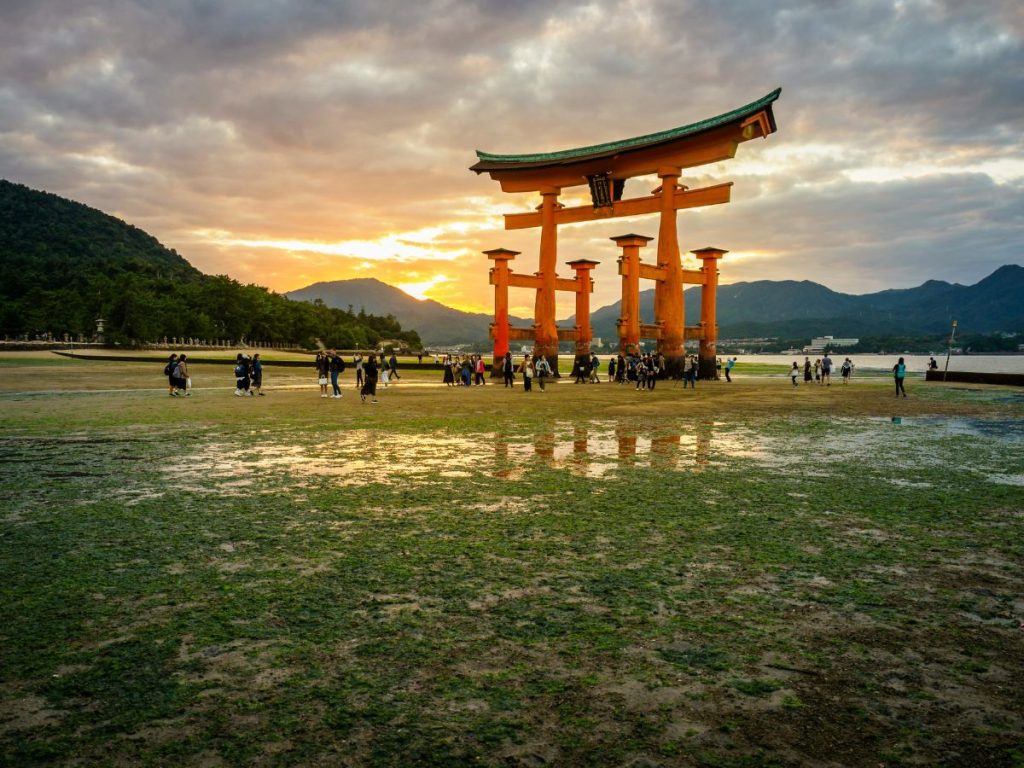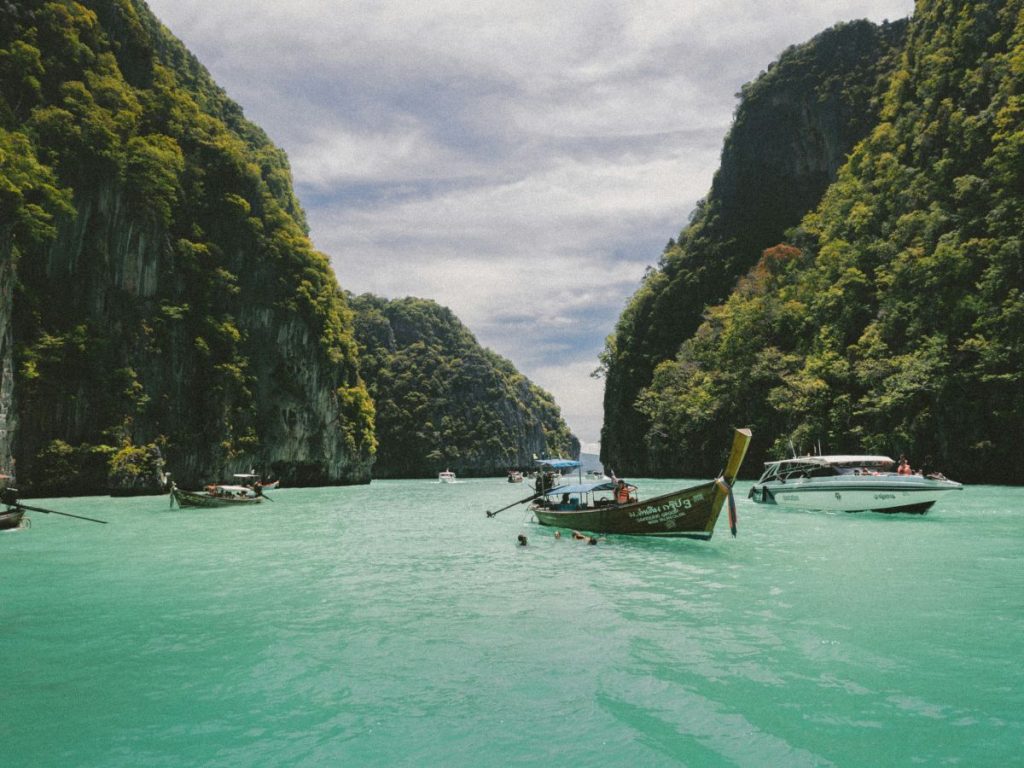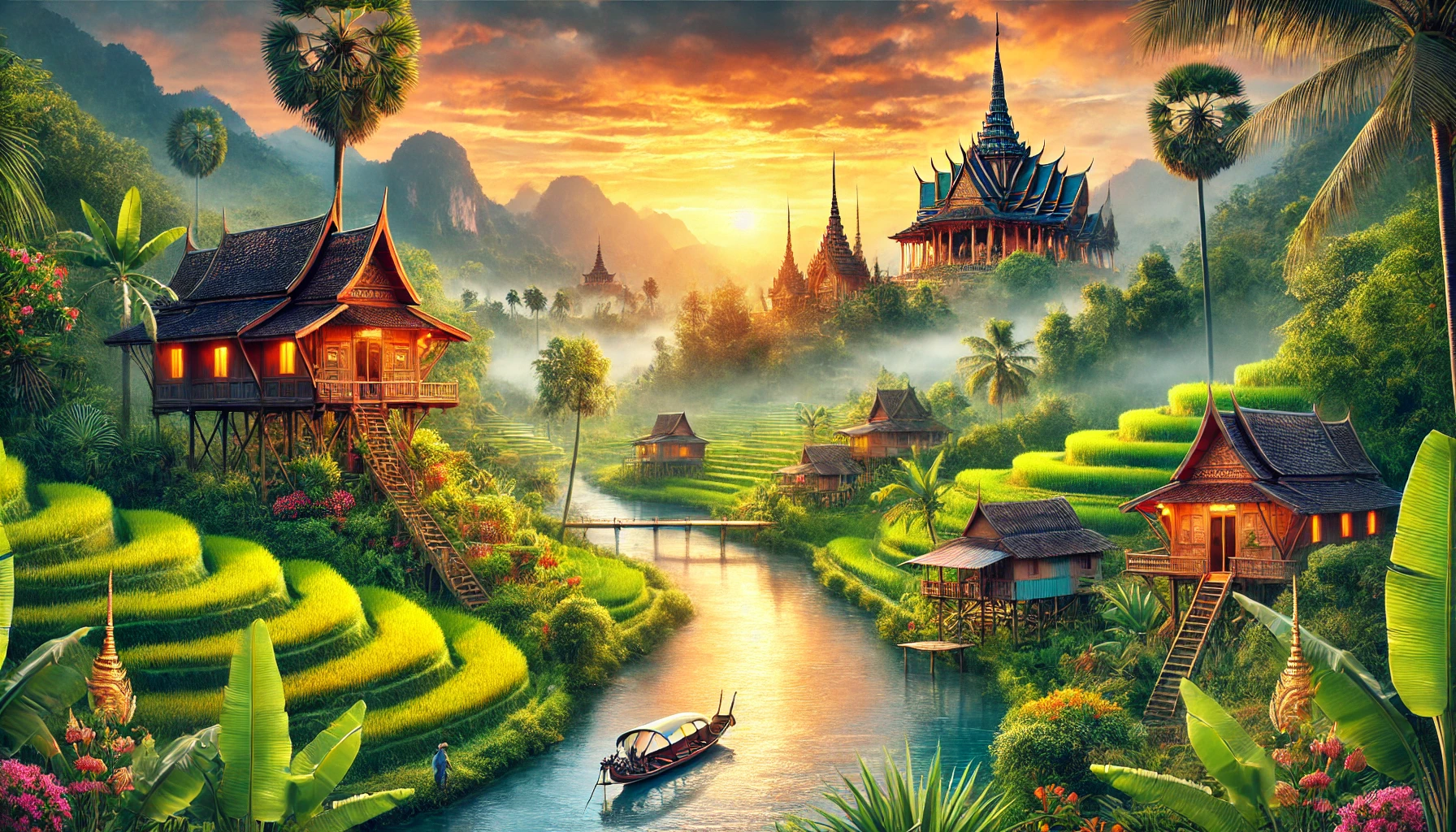Southeast Asia is one of the most diverse and culturally rich regions in the world, known for its breathtaking landscapes, rich history, vibrant traditions, and thriving economies. This dynamic region consists of 11 countries: Brunei, Cambodia, Indonesia, Laos, Malaysia, Myanmar, the Philippines, Singapore, Thailand, Timor-Leste, and Vietnam. Each country has its own unique cultural identity, language, and traditions, yet they share common historical ties, economic interdependence, and a deep connection to their natural surroundings.
Geography and Climate
Southeast Asia is located between the Indian and Pacific Oceans, making it a strategic region with access to crucial maritime routes. It is divided into two subregions:
- Mainland Southeast Asia: Includes Myanmar, Thailand, Laos, Cambodia, and Vietnam. This area is characterized by mountain ranges, fertile river valleys, and dense forests.
- Maritime Southeast Asia: Consists of Indonesia, the Philippines, Malaysia, Brunei, Timor-Leste, and Singapore. This subregion features thousands of islands, coral reefs, and diverse marine ecosystems.
The climate in Southeast Asia is predominantly tropical, with warm temperatures and high humidity year-round. The region experiences distinct monsoon seasons, leading to heavy rainfall and lush, green landscapes that support diverse flora and fauna.
History and Cultural Heritage

Southeast Asia has a rich and complex history influenced by indigenous civilizations, colonial rule, and globalization. Some of the most significant early civilizations in the region include the Khmer Empire, Srivijaya, and Majapahit. These kingdoms left behind remarkable architectural wonders, such as Cambodia’s Angkor Wat, Indonesia’s Borobudur, and Myanmar’s Bagan temples.
Over centuries, the region has been shaped by Hindu, Buddhist, Islamic, and Christian influences. European colonialism also played a significant role, with countries like Portugal, Spain, the Netherlands, Britain, and France establishing colonies in different parts of Southeast Asia. The struggle for independence in the 20th century led to the rise of modern nations, each with its own path to development and progress.
Economy and Trade
Southeast Asia is an economic powerhouse, with rapid industrialization and trade contributing to its global significance. The Association of Southeast Asian Nations (ASEAN) plays a crucial role in fostering economic cooperation and political stability among its member states.
Key industries in the region include:
- Agriculture: Rice, palm oil, rubber, and coffee are major exports.
- Manufacturing: Electronics, textiles, and automobiles drive economic growth.
- Tourism: Famous destinations such as Bali, Phuket, and Ha Long Bay attract millions of visitors annually.
- Technology and Startups: Cities like Singapore and Jakarta are emerging as tech hubs.
Languages and Ethnic Diversity
Southeast Asia is one of the most linguistically and ethnically diverse regions in the world. The region is home to hundreds of languages, including Thai, Vietnamese, Malay, Tagalog, Burmese, and Khmer, among many others. English is also widely spoken, especially in business and education.
Ethnic groups such as the Malays, Thais, Burmese, Khmer, Chinese, and indigenous tribes contribute to the rich cultural fabric of the region. Each community has its own customs, cuisine, and traditional practices, adding to the vibrant cultural landscape.
Tourism and Natural Wonders

Tourism is a major economic driver in Southeast Asia, thanks to its stunning landscapes, historical sites, and warm hospitality. Some of the top attractions include:
- Thailand: The beaches of Phuket, the Grand Palace in Bangkok, and Chiang Mai’s temples.
- Vietnam: Ha Long Bay, Hoi An Ancient Town, and the Cu Chi Tunnels.
- Indonesia: Bali’s beaches, Borobudur Temple, and Komodo National Park.
- Malaysia: The Petronas Towers in Kuala Lumpur and Langkawi’s islands.
- The Philippines: The Chocolate Hills, Palawan’s beaches, and Taal Volcano.
- Singapore: Marina Bay Sands, Gardens by the Bay, and Sentosa Island.
Conclusion
Southeast Asia is a region of unparalleled beauty, deep history, and dynamic growth. Whether exploring its ancient temples, savoring its delicious cuisine, or witnessing its economic transformation, there is always something to discover in this fascinating part of the world. As globalization continues to shape its future, Southeast Asia remains a region of opportunity, adventure, and cultural richness that captivates travelers, investors, and scholars alike.




